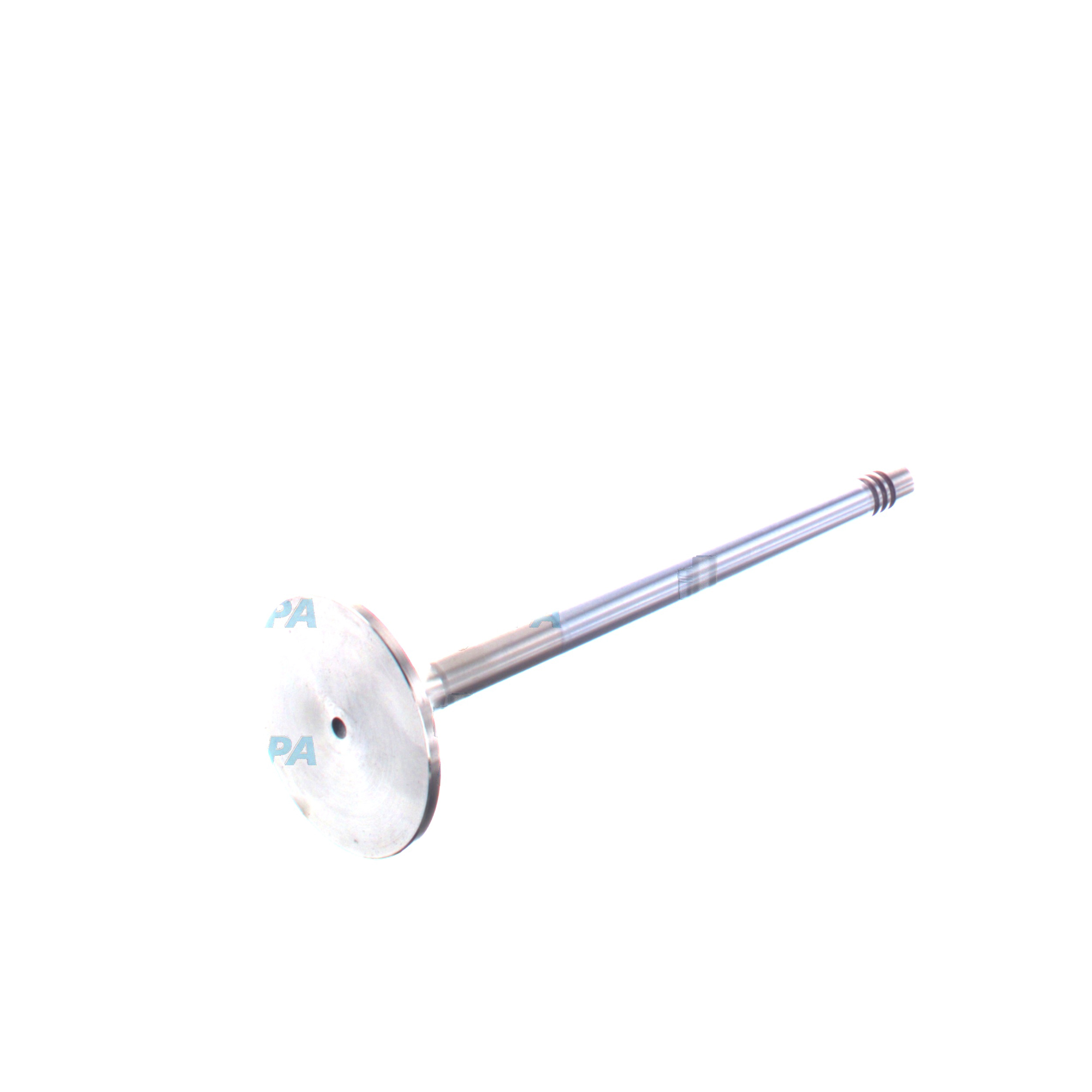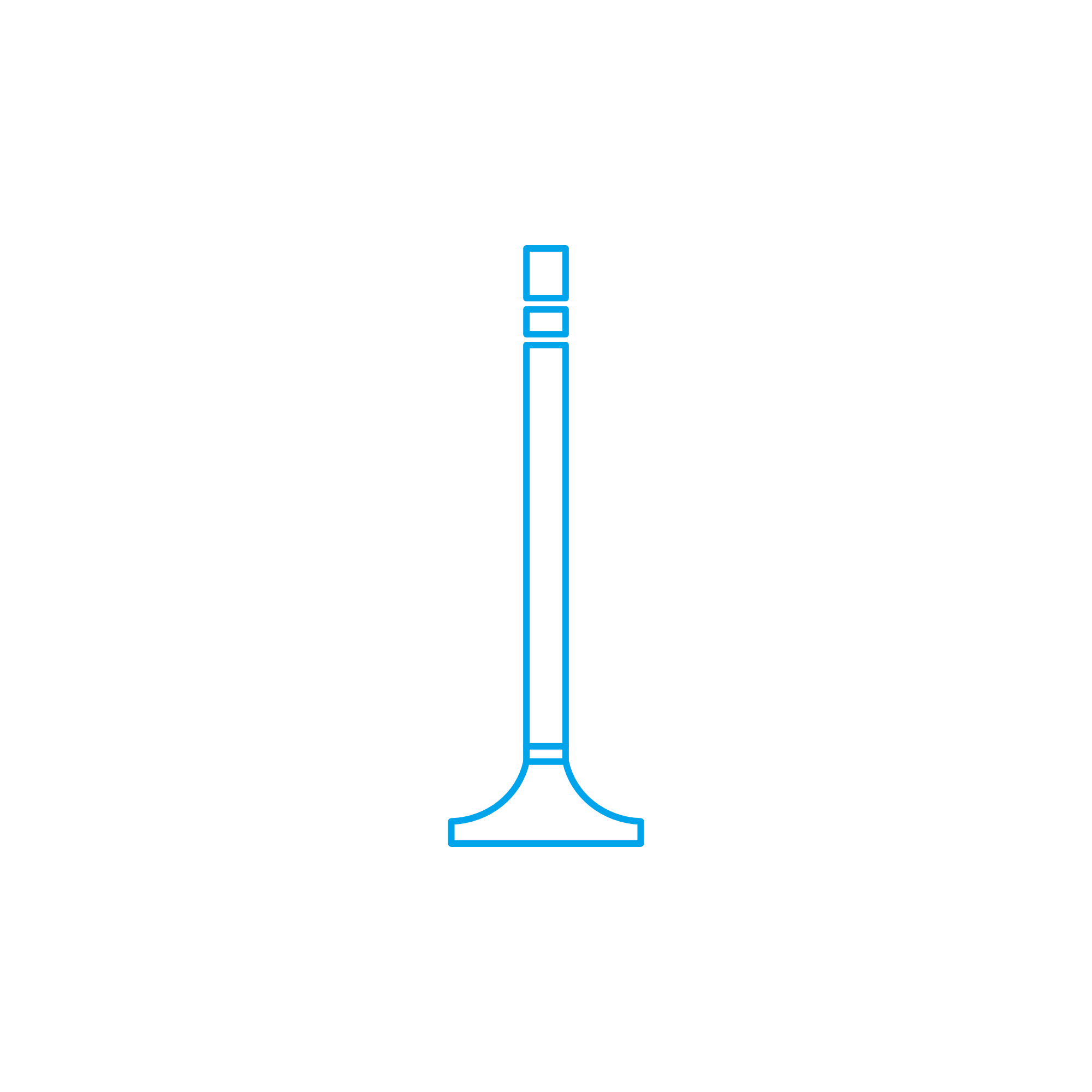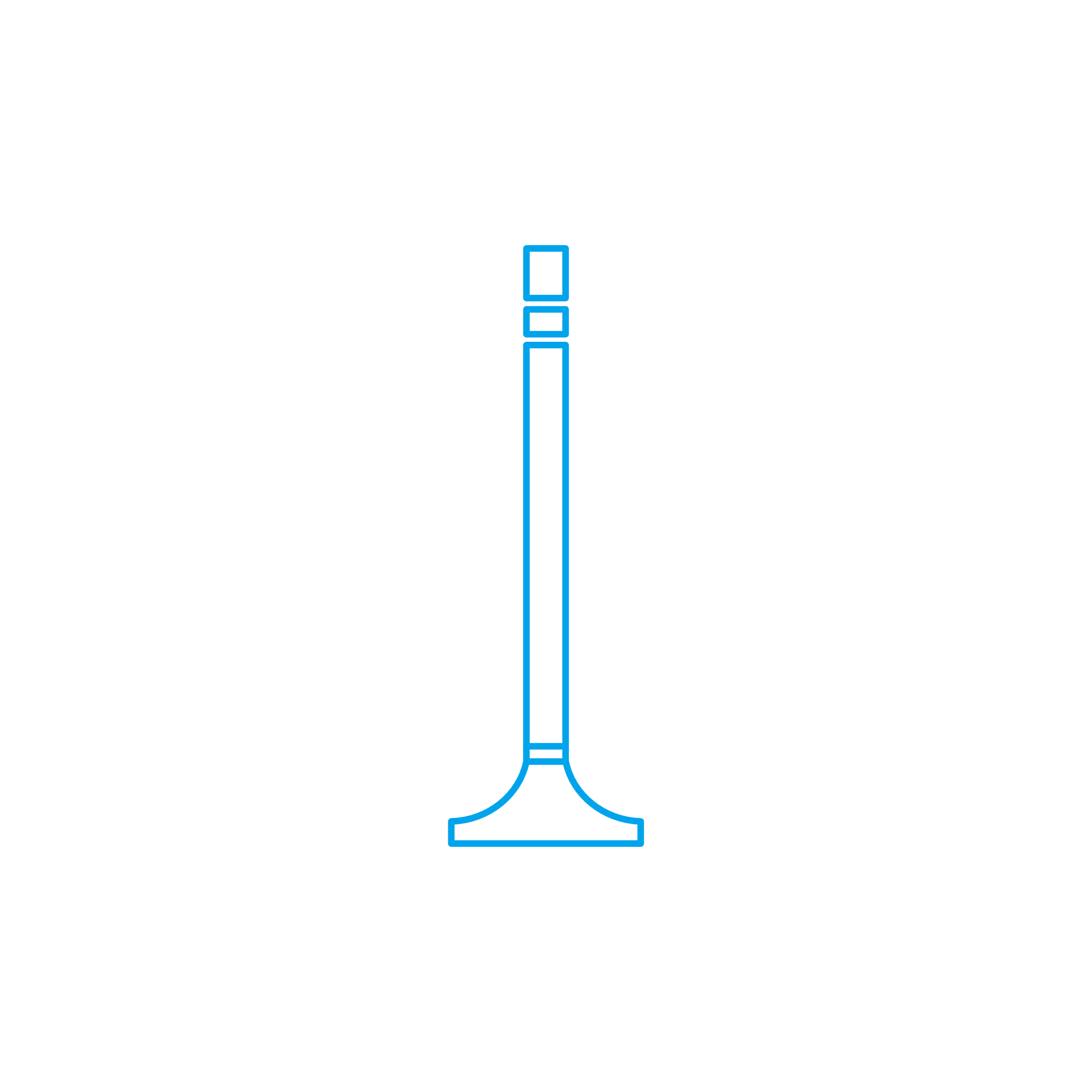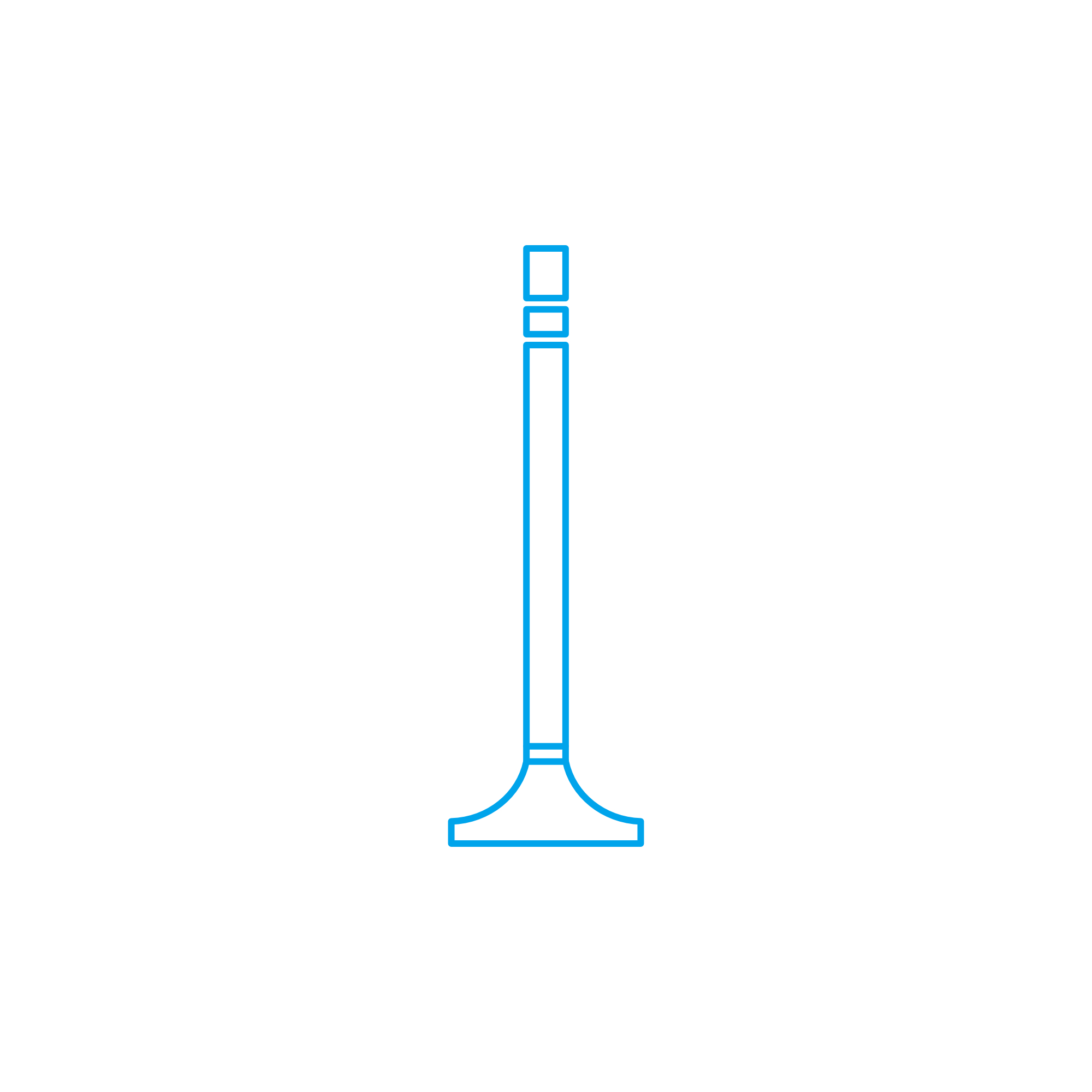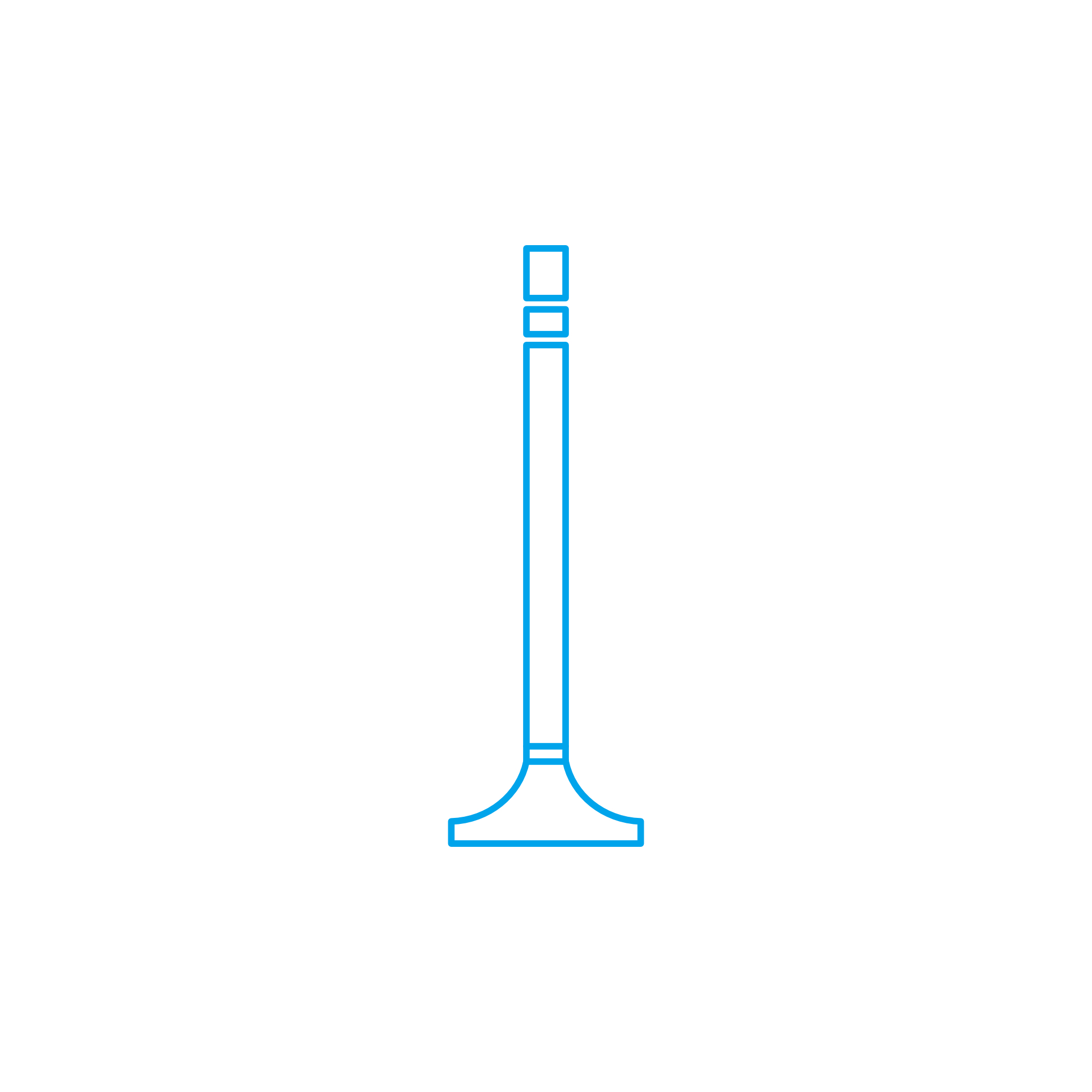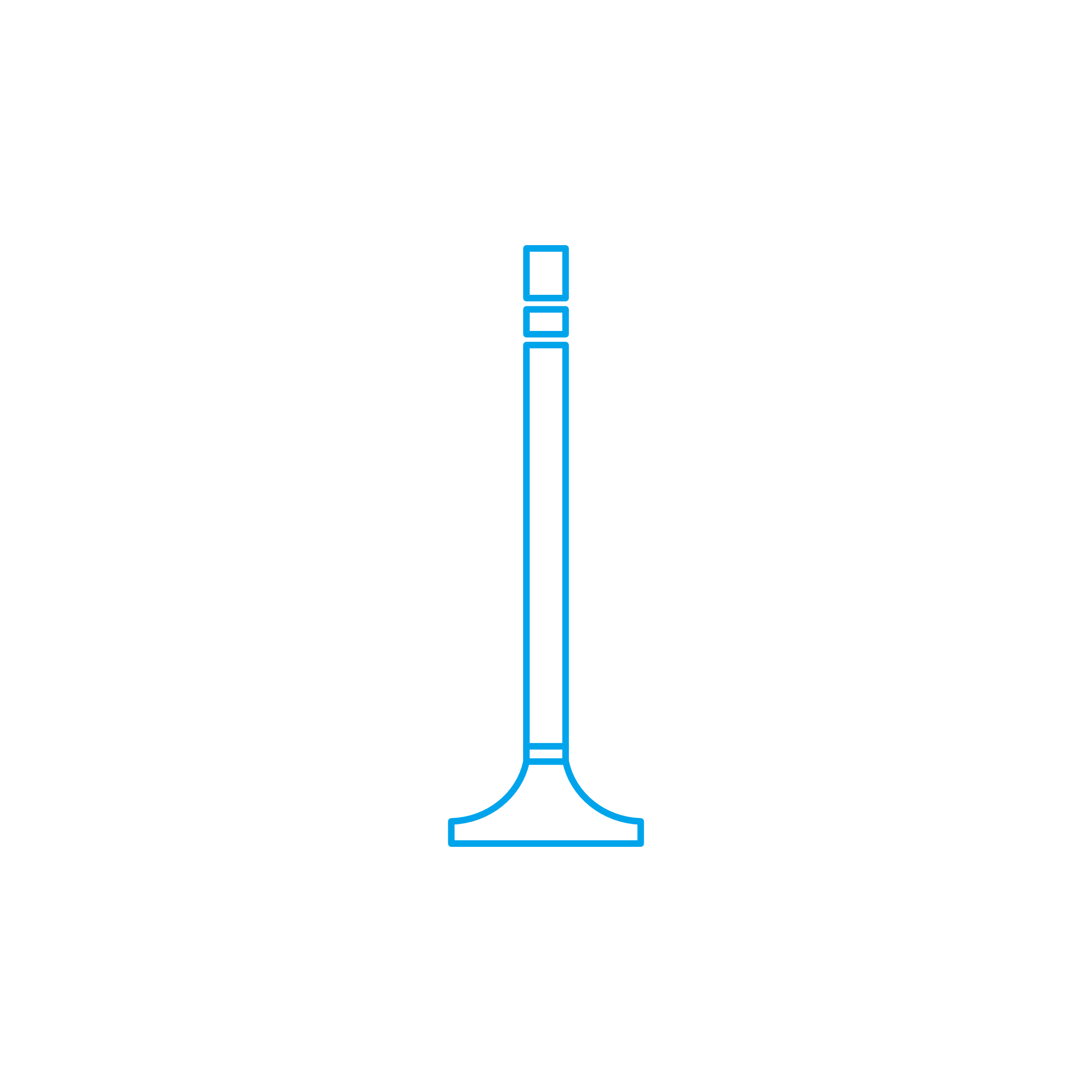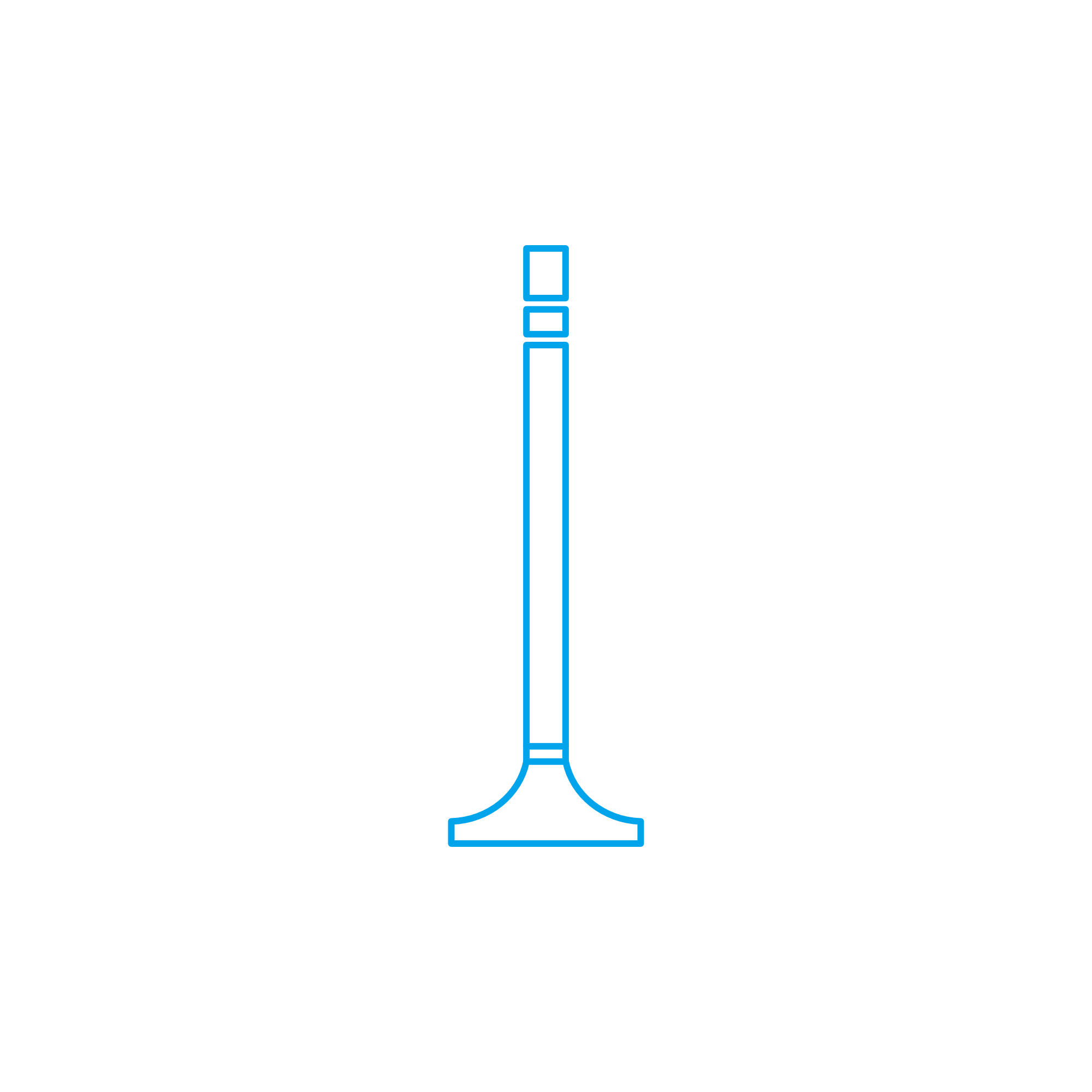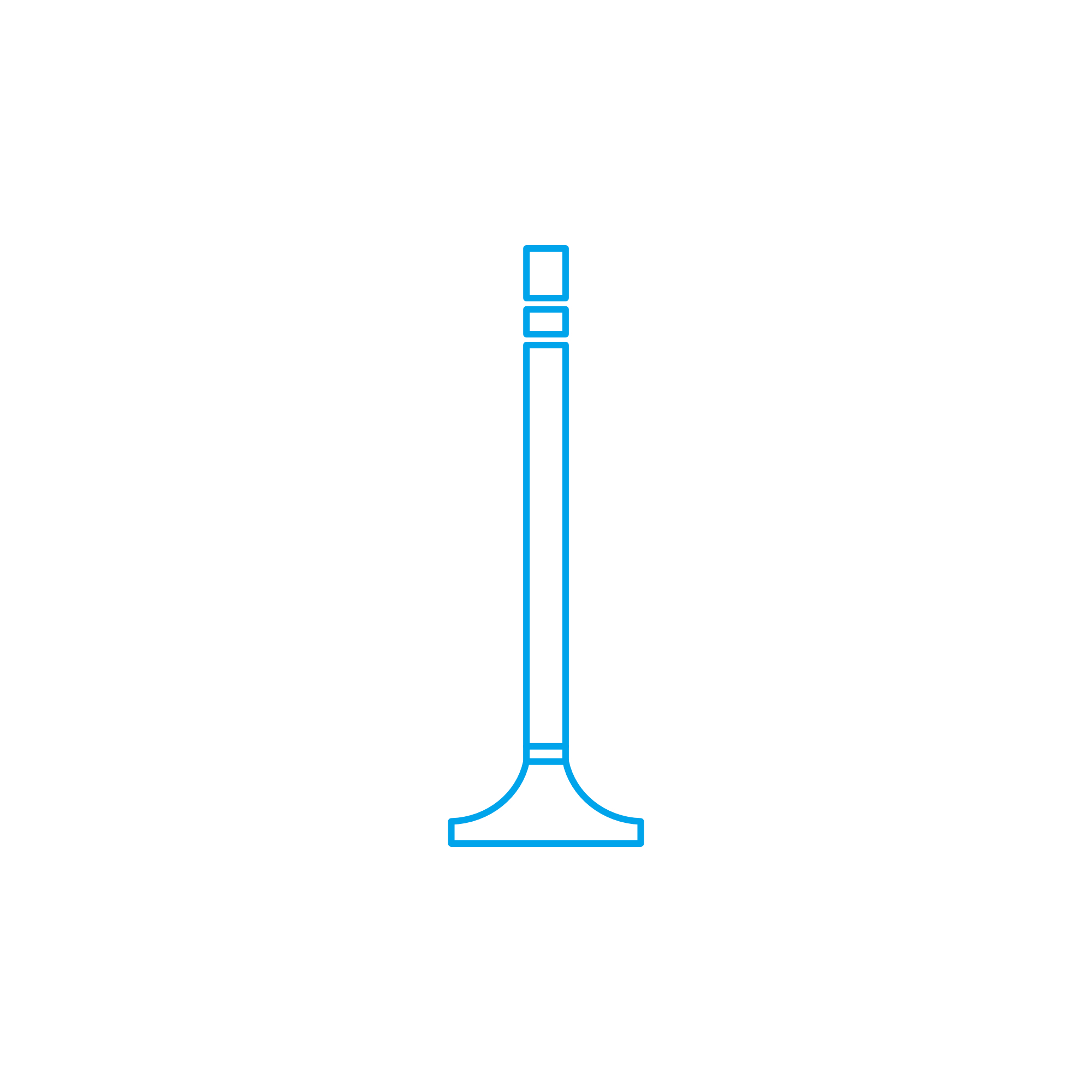INLET VALVE CONE and High-Precision Valves for Diesel and Gas Engines
Valves are precision-engineered mechanical components that regulate the gas exchange in combustion engines. In every cycle, they open and close the intake and exhaust ports, sealing the combustion chamber at precisely the right moments. This makes valves indispensable for power density, fuel economy, emissions control, and overall engine durability. From marine propulsion to stationary power and locomotive traction, correctly specified valves—together with the INLET VALVE CONE geometry that defines their sealing interface—are central to reliable operation under high thermal and mechanical loads.
Within the broader category of Valves, the intake (inlet) valve controls the fresh air or air-fuel charge, while the exhaust valve discharges burnt gases. The seat interface—often referred to as the cone on the valve face and the matching profile in the cylinder head or valve cage—creates a gas-tight seal. In large-bore diesel and gas engines, especially in marine engine applications, this cone geometry is critical: it must balance sealing integrity, heat transfer into the head, and clean, low-turbulence flow for high volumetric efficiency. When procurement teams evaluate Valves for fleet engines, they are not only buying a “spare part” but a calibrated flow device with precise metallurgy, hardness, and concentricity.
Technical function of Valves and the INLET VALVE CONE in a marine engine
The technical job of Valves is to meter airflow with split-second timing while maintaining a robust seal during compression and combustion. In a diesel engine, the intake valve opens just before the piston approaches top dead center on the intake stroke, enabling maximum cylinder fill. The INLET VALVE CONE forms the primary sealing surface between the valve face (typically at 30° or 45°) and the seat insert. This geometry dictates the contact width, heat transfer pathway, and the pressure distribution that prevents micro-leaks and hot spots.
Key aspects include:
- · Precision seat angles (commonly 30° intake, 45° exhaust) for optimal flow and sealing.
- · Controlled seat width to balance cooling, durability, and seating pressure.
- · Tight runout and concentricity of valve face to guide for stable sealing.
- · Stem surface finish and coatings to minimize guide wear and scuffing.
- · Alloy selection (e.g., heat-resistant stainless or hardfaced seats) for high-temperature stability.
- · Compatibility with springs, retainers, collets, and rotators to prevent flutter and ensure even wear.
In large marine engine cylinder heads or replaceable valve cages, the INLET VALVE CONE must seat consistently despite thermal cycling, vibration, and particulate contamination in the intake stream. Accurate cone geometry, matched to the seat insert, promotes laminar inflow, well-formed swirl/tumble, and reduced pumping losses. In gas engines, that same precision supports knock resistance by stabilizing charge motion and temperature distribution. With compliant lash settings and proper cam profiles, high-quality Valves and cone interfaces help engines achieve rated output and maintain emissions compliance over long maintenance intervals. When sourcing INLET VALVE CONE OEM parts, decision-makers secure the exact sealing geometry and material specs required by the valve train design.
Why Valves are critical for engine reliability and service life
Because Valves form the gatekeepers of the combustion chamber, their condition directly impacts reliability. Wear or distortion at the INLET VALVE CONE leads to leakage, loss of compression, and elevated cylinder temperatures. Seat recession shifts valve lash and timing, causing power loss, difficult starting, and increased fuel consumption. Poor stem-to-guide clearances can trigger sticking or galling, while irregular seating faces create torching and margin erosion. In severe cases, dropped valves or head fractures can cause catastrophic piston and liner damage, unscheduled downtime, and high repair costs.
Routine inspections—checking contact patterns with bluing, measuring seat width, verifying concentricity and runout, and monitoring lash—are essential. Early replacement of worn Valves stabilizes combustion, keeps exhaust temperature spread within limits, and protects turbochargers and aftertreatment systems from unburned fuel and excessive heat. For fleets, maintaining correct valve performance is one of the most cost-effective levers to preserve engine health and extend overhaul intervals.
Advantages of OEM spare parts suitable for Valves and the INLET VALVE CONE
Choosing OEM spare parts suitable for Valves ensures that metallurgy, heat treatment, and dimensional accuracy match the original engineering intent of the cylinder head and cam system. This is vital for engines operating continuously under load, where small deviations in the INLET VALVE CONE angle or seat concentricity can cascade into reduced compression and higher thermal stress.
- · Engineered alloys and hardfacing that resist pitting, fretting, and hot corrosion.
- · Tight tolerances on face runout, stem straightness, and tip hardness for stable lash.
- · Matched geometry to seat inserts, rotators, and springs for balanced valve dynamics.
- · Consistent surface finishes that lower friction and reduce guide wear.
- · Proven durability data and batch traceability to support maintenance planning.
- · Lower total cost of ownership through longer service life and fewer unplanned stops.
INLET VALVE CONE OEM parts for diesel engine uptime
In a diesel engine, correct cone geometry delivers a clean seal, effective heat dissipation, and repeatable valve seating velocities. OEM spare parts suitable for the INLET VALVE CONE preserve these parameters, sustaining cylinder balance and keeping turbo speed, EGTs, and fuel indices within targets. The result is predictable performance, fewer corrective interventions, and a more reliable maintenance budget.
MOPA: your partner for OEM spare parts Valves and INLET VALVE CONE
MOPA is an experienced and reliable partner for OEM spare parts Valves. We supply INLET VALVE CONE components and complete valve train items for diesel and gas engines with a focus on speed, quality, and security. Our team sources according to engine make, model, and serial range, ensuring dimensional fit and material alignment with your equipment. For shipowners and plant operators, we streamline procurement with rapid quotations, global logistics, and document accuracy to minimize vessel or plant downtime.
From single-cylinder replacements to full overhaul kits, MOPA’s processes emphasize part traceability, careful packaging, and clear specification matching. This reduces risk in the supply chain and supports consistent engine performance across fleets and sites.
Conclusion: Valves and INLET VALVE CONE matter
Valves—especially the INLET VALVE CONE interface—are foundational to efficient, reliable combustion in marine engine and stationary power applications. Precision geometry and robust materials safeguard compression, power output, and component life. Selecting OEM spare parts suitable for Valves and the INLET VALVE CONE secures performance, reduces downtime, and stabilizes maintenance costs across the engine’s service life.

